There are few symbols of American culture as iconic as the Ford Mustang, so making changes to the
country's favorite sports car is a serious undertaking. "When you're designing a new Mustang, you're the steward of 40 years of automotive history," remarked
then head of Ford design J. Mays in 2004 when the fifth-generation Mustang was launched. "If you don't
get it right, you've got 8 million Mustang fans to answer to."
S197 Mustang History
What Is An S197?
Through The Years
While keeping the old and embracing the new might seem like a paradox, it's something that every
generation of Mustang creators has to contend with. For Mays, chief engineer Hau Thai-Tang, and designer
Sid Ramnarace, the task ahead was considerable when plans began in 1999 for the fifth-generation S197
Mustang. While the previous SN95/New Edge Mustang
has a generation-specific body design, it was running on
the
long-in-tooth Fox Body platform that had been underneath a Mustang since 1979. With this in mind, Ford
engineers looked at the DEW98 platform, which underpinned the Lincoln LS and the resurrected retro-style
Thunderbird. At the same time, Ford sought to overcome the shortfalls of the Fox Body platform, which
was mainly understeer caused by front-end favored weight distribution. Eventually, engineers' intentions with the DEW98 platform gave way to an all-new, Mustang-exclusive
chassis that only contained trace elements of the DEW98. Longer than its Fox Body predecessor, the new
D2C platform offered increased length to help with weight distribution. D2C (D-class, 2-door coupe)
offered MacPherson front struts and a solid rear axle. Ford's bean counters also didn't mind that the
D2C platform was cheaper to produce than the DEW98. An S197 Mustang is the generational nickname denoting 2005-2014 Mustangs. With the fundamentals in the
works, designers turned to the S197's outside. Seeking to capitalize on the lengthened platform, Mustang
exterior focused on a long and lean look that could be traced back to its first-generation roots but
still present a distinctive style. Dubbed a retro-futuristic approach, the fifth-generation "Stang
showcased a muscular body thanks to the extended hood and subtly wide fenders. The short, horizontal
grille and lower air intake also gave the S197 a wide and beefy stance. Of course, what's a Mustang without some classic features? Designers created the S197 around the vertical
tri-light taillights and a non-functioning gas cap in the rear decklid. The single headlights are
reminiscent of the Mustangs from the early 1970s. Inside, hints of the previous-gen dual-cockpit are present. However, the crisp and angular elements of
the exterior are carried over into an all-new cabin. For the first time since its inaugural generation, the Mustang was primarily based on an all-new design
inside, outside, and underneath. Even the factory in Flat Rock, Michigan, was all-new for Mustang. Beginning with its debut in 2005, let's check each model year of the S197 Ford Mustang. Launched in 2004 for the 2005 model year, the first S197 Mustang specs include two powerplants. The base
engine (for the Mustang V6 trim) is the all-new SOHC 4.0L Cologne V-6 making 210 hp and 240 lb-ft of
torque. An excellent performance bump from the previous year's 3.8L pushrod six-cylinder. Available only on the GT, upgraded power comes from the modular 4.6L V-8, which was factory rated at 300
hp and 320 lb-ft of torque. Of particular note is that this engine uses a 3-valve setup for its
overhead-cam configuration. With two intakes and one exhaust valve, a 3-valve engine could improve
performance over a dual-cam V-8 while not having the engineering complexity (and expense) of a
quad-valve powerplant. A unique effort in 3V Mustang history. Ford's marketing of the day touted that both engines are "more than 50% cleaner than last year's." Also,
these powerplants are equipped with electronic throttle control, a Mustang first. Other than limited-run
variants for the San Diego area and the New York Yankees, 2005 Mustang specs include no special
editions. The S197's second year saw the same engines carried over. Ford did mix things up a bit by offering some
exterior design upgrades with graphics and spoilers. Interestingly, buyers could add the Pony Package to
a Mustang V-6 that added some GT performance equipment like a suspension upgrade, bigger wheels and
tires, and some exterior treatments. The year's sole special edition was the Ford Shelby GT-H that harkened back to the Rent-A-Racer promotion
of the 1960s. Only 500 GT-H Mustangs were produced and available for rental through Hertz. Available
only in black with a gold racing stripe, these Mustangs enjoyed a 25 hp increase above standard GT
specs. While the main Mustang line soldiered on with minimal changes, 2007 was noteworthy for the number of
special editions. These efforts begin with the Shelby GT500 and its supercharged 5.4L V-8 making 500 hp
and 480 lb-ft of torque. These were better numbers than what was offered by the same-year Ferrari F430.
Ford beats Ferrari again! This Shelby could be ordered (in white or black) with a unique Red Stripe
Appearance Package. Ford also offers a Shelby GT variant which adds 25 hp and 10 lb-ft of torque to the standard 2007 Mustang
specs for the GT's 4.6L V-8. The GT-H, this time in convertible form, is made available through select
Hertz locations, while a California Special offers an appearance package for the GT. A new model year brings High-Intensity Discharge (HID) headlights to the Mustang, and 18-inch wheels are
now standard on the V-6 model. For special editions, the brutish GT500 continues for 2008, along with
the Shelby GT slotting above the GT and below the GT500. In celebration of the 40th anniversary of the
King of the Road Mustang, Ford offers the Shelby GT500KR and its 540 hp. Significantly, the Bullitt Mustang returns for 2008 with performance upgrades above the GT that include a
reworked engine and suspension. Engine output is 315 hp and 325 lb-ft of torque. The California Special
carries on for another year, and Ford offers the Warriors in Pink special edition appearance package
that benefits breast cancer research through Susan G. Komen for the Cure. Despite 2009 marking the Mustang's 45th anniversary, no models or variants were part of S197 Mustang
specs. The same special editions from 2008 were also available for 2009: GT500KR, GT500, Shelby GT,
Bullitt Mustang, California Special, and Warrior in Pink. Mustang entered the new decade with a refreshed exterior and upgraded interior. The blunter nose of the
earlier S197s gave way to a more sculpted front end and more modern headlight assembly. The backend
received an update with reshaped vertical tri-taillights. Inside, Ford upgraded the cabin with softer
touch materials, and electronic features like a backup camera were available. The GT's 4.6L V-8 received
a performance bump to 315 hp and 325 lb-ft of torque--incorporating the engine upgrades from the '09
Bullitt. The Shelby GT500 was the sole special edition for 2010. The supercharged beast could now produce 540 hp
and 510 hp and do 0-60 in 4.5 seconds, a respectable time even by today’s standards. Fresh on the heels of an updated body, the 2011 Mustang was a pivotal year for one reason: a new V-8
powerplant. Mustangs could once again be fitted with a 5.0L engine, but this time with OHC architecture
and impressive output. Dubbed the Coyote,
after AJ Foyt's Indy racer, this quad-valve V-8 offered power
that was once unthinkable in a standard GT, let alone some older Mustangs. Horsepower could hit 412, and
torque could reach 390 lb-ft. It's easy to overlook that the base V-6 engine was replaced with a more robust and sophisticated 3.7L V-6
featuring quad valves and variable valve timing. Base S197 Mustang specs now offer 305 hp and 280 lb-ft
of torque, suddenly even the cheapest Mustang had more oomph than GT pony cars from just a few years
earlier. The year's main special edition was the Shelby GT500 which featured an all-new supercharged
aluminum-block 5.4L V-8 capable of making 550 hp and 510 lb-ft of torque. A net gain of 10 hp over the
previous year. Appearance package special editions included the California Special GT and Mustang Club
of America variants. Ford also produced 50 copies of the Mustang GT Pace Car, including one used in the
2010 Daytona 500. 2012 Mustang specs continued essentially unchanged from the previous year with one significant exception:
the Boss 302 special edition reintroduction. Offering 444 hp and 380 lb-ft of torque, the Boss 302
offered an excellent performance alternative for someone who wanted more than a Mustang GT but did not
want to go the full Shelby GT500 route. As the S197 begins to enter its final phase, Ford sought to keep the Mustang relevant with a mild refresh
and commitment to more power. A tweaked front end reinforces the car's muscular appearance will new
taillights help sharpen up the rear. Breakthrough news comes in the form of the Shelby GT500, which now
makes a neck-snapping 662 hp and 631 lb-ft of torque. No doubt there were chants of "take that Camaro
and Challenger" at Ford's HQ when the GT500's specs went public. While almost seeming like an
afterthought, GTs received an 8 hp bump to 420. 2013 was also the last year for the Boss 302. A ten-year run is great for any car model, but 2014, the last year of the S197, recognizes the important
milestones this Mustang created in automotive history. The first genuinely 21st century Ford pony car, a
modern vehicle platform, and remarkable engine designs even with base model powerplants. 2014 Mustangs
carried over unchanged from the previous year. Source: Mustangs & Fords, Mustang Specs, FordS197 Mustang: The Complete Breakdown
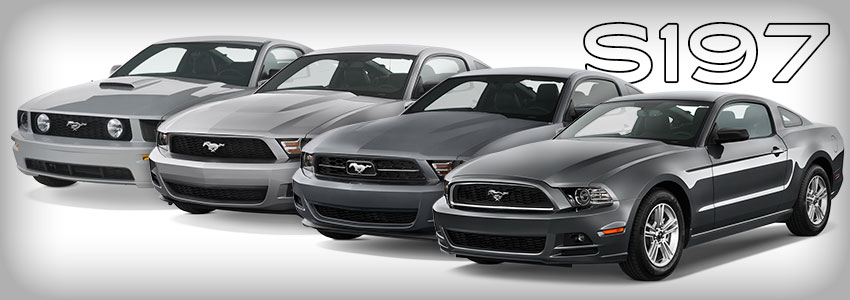
S197 Mustang History
What Is An S197 Mustang?
S197 Mustang: Through The Years
2005 Mustang: Details
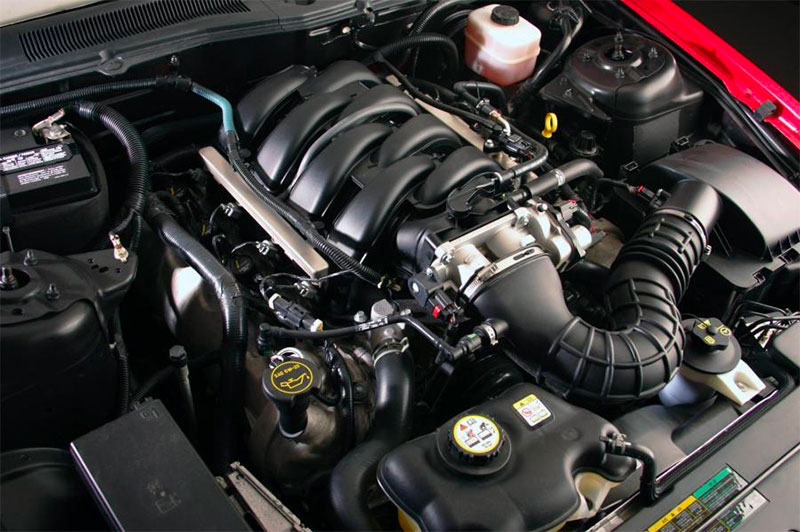 4.6L 3V
Engine Bay
4.6L 3V
Engine Bay
2006 Mustang: Details
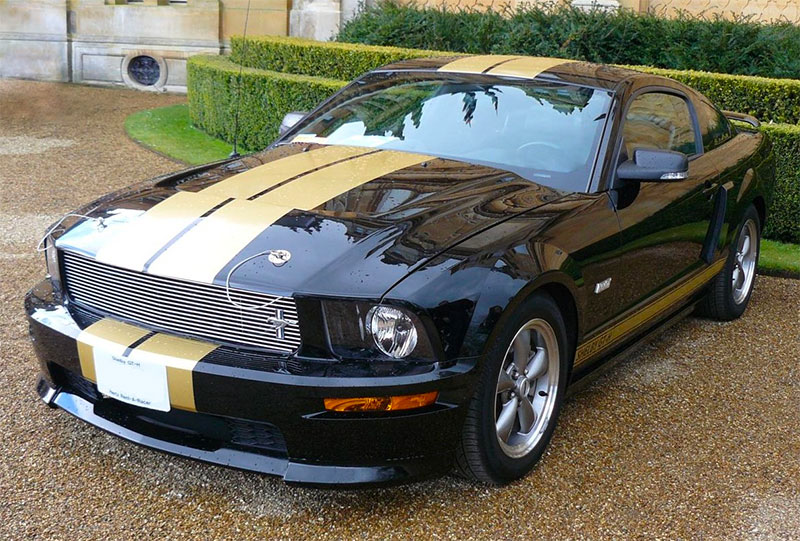 GT-H Hertz
Edition
GT-H Hertz
Edition
2007 Mustang: Details
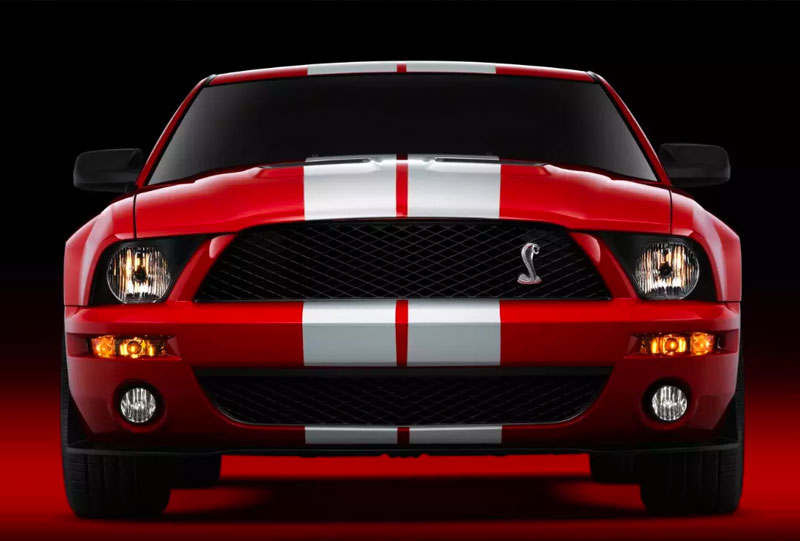 Shelby
GT500 Returns For 2007
Shelby
GT500 Returns For 2007
2008 Mustang: Details
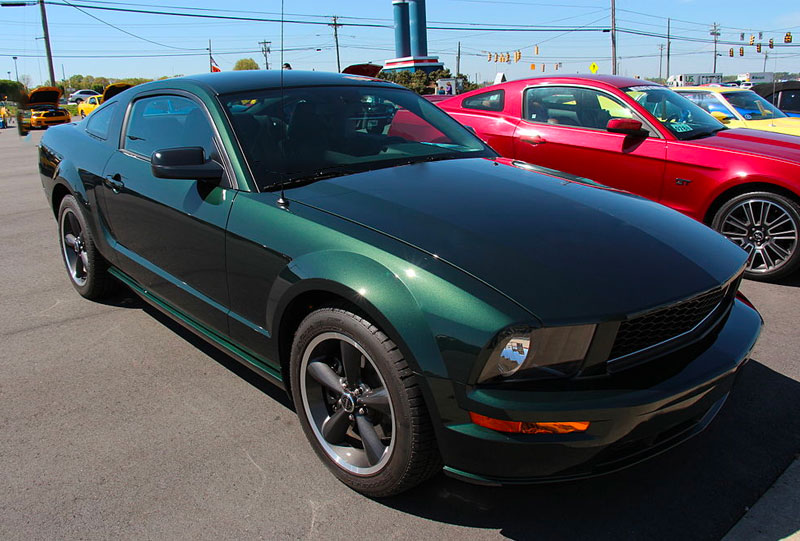 Mustang
Bullitt Returns In 2008
Mustang
Bullitt Returns In 2008
2009 Mustang: Details
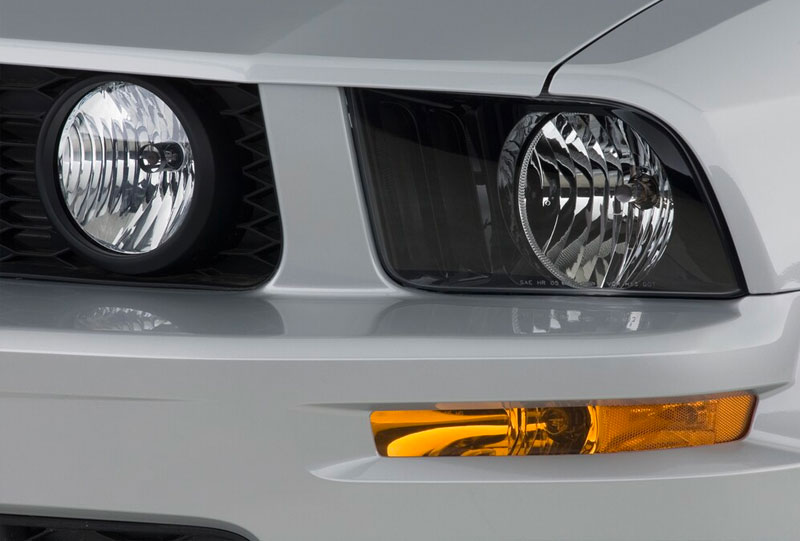 HID
Headlights Available On Mustang
HID
Headlights Available On Mustang
2010 Mustang: Details
2011 Mustang: Details
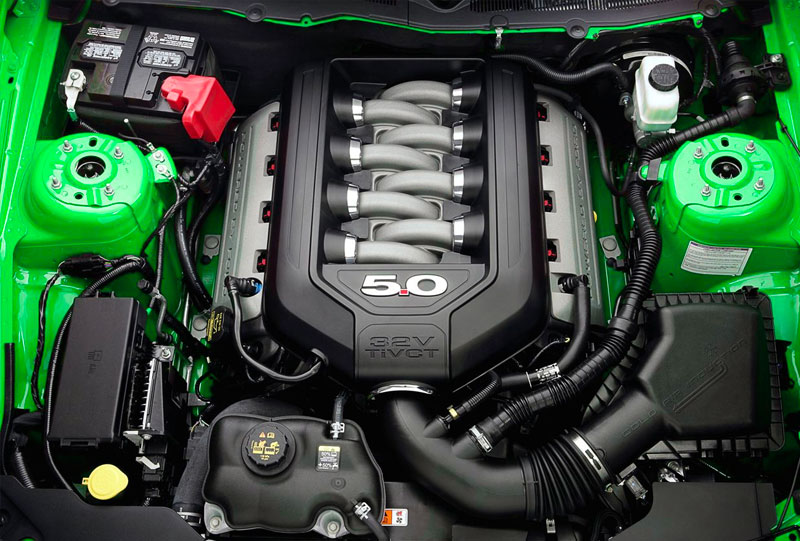 Coyote
Engine Bay on 2011 Mustang
Coyote
Engine Bay on 2011 Mustang
2012 Mustang: Details
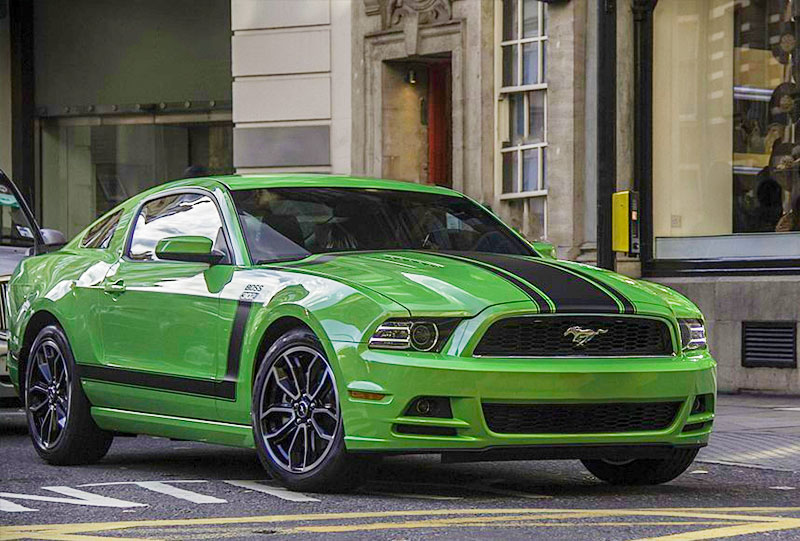 2012
Boss 302
2012
Boss 302
2013 Mustang: Details
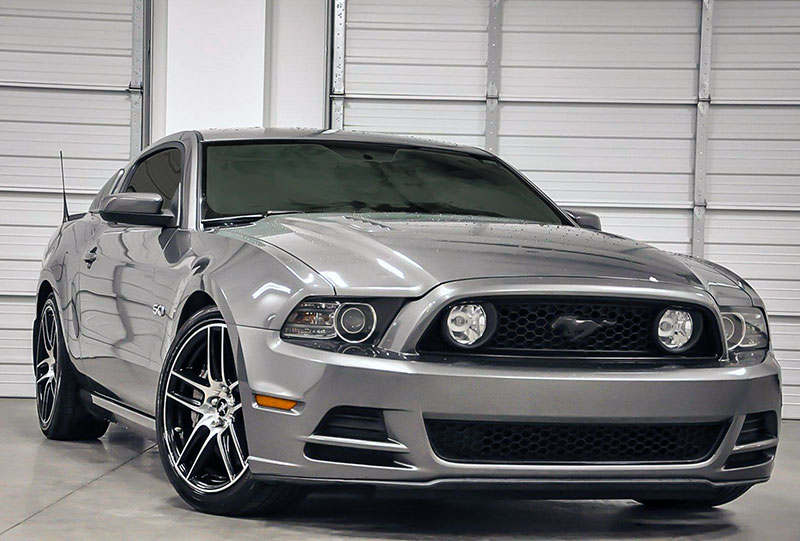 Revised
GT Front End For 2013
Revised
GT Front End For 2013
2014 Mustang: Details
 662 HP
for 2013-14 GT500
662 HP
for 2013-14 GT500
Related Articles




